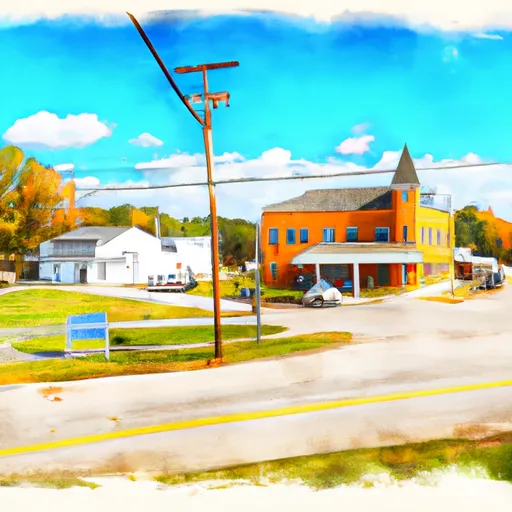°F
°F
mph
Windspeed
%
Humidity











Almond, Wisconsin is a small town in Portage County with a population of approximately 450 people. The climate in Almond is characterized by cold winters with average temperatures around 16°F, and warm summers with average temperatures around 70°F. The hydrology constituents in Almond are mainly composed of the Tomorrow-Waupaca River Watershed. The Tomorrow River flows through the town, providing opportunities for fishing and boating. Almond is also surrounded by forests and wetlands, offering opportunities for hiking and wildlife viewing. The area is home to several parks and recreational areas, including the Tomorrow River Trail, which is a popular spot for hiking, biking, and cross-country skiing. Additionally, the town hosts an annual Almond Lions Bluegill Festival, celebrating the local fishing industry.
Weather Forecast
Almond receives approximately 817mm of rain per year, with humidity levels near 82% and air temperatures averaging around 7°C. Almond has a plant hardyness factor of 4, meaning plants and agriculture in this region thrive during a short period during spring and early summer. Most plants will die off during the colder winter months.
Regional Streamflow Levels
4,700
Cubic Feet Per Second
23
Cubic Feet Per Second
67
Cubic Feet Per Second
101
Cubic Feet Per Second
Nearby Camping
| Camping Area | Reservations | Toilets | Showers |
|---|---|---|---|
| Shockaloe Base Camp I | |||
| Turkey Creek Water Park | |||
| Lake Walker Military - Camp Shelby | |||
| Marathon Lake | |||
| Big Creek Waterpark | |||
| Buccaneer State Park |



